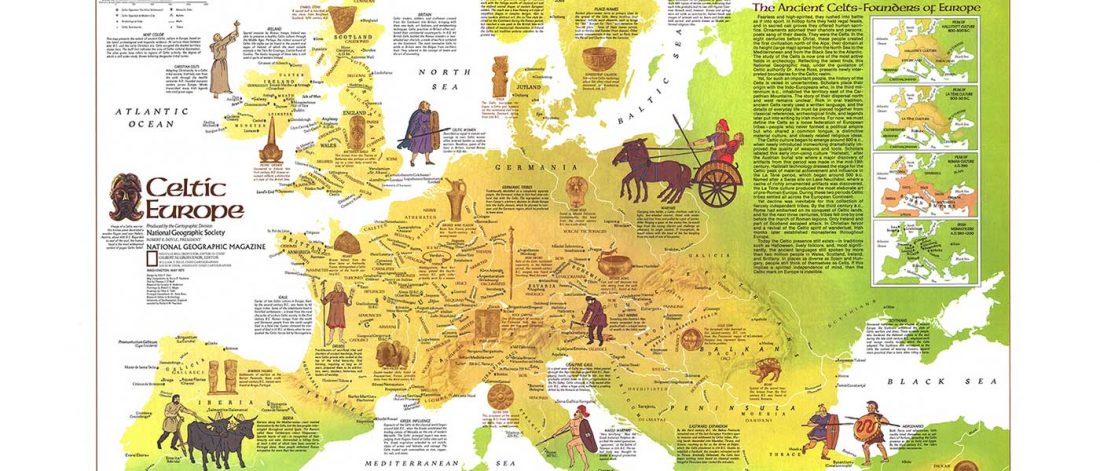New paper (behind paywall), Interpreting Past Human Mobility Patterns: A Model, by Reiter and Frei Eur J Archaeol (2019).
Interesting excerpts (modified for clarity; emphasis mine):
Present investigations of mobility can be divided into two main groups: 1) individual mobility, and 2) group mobility.
Research approach
… Read the rest “How to interpret past human mobility patterns”(…) it is arguable that, ‘the reality of a mobile existence is far more complex than the ordering principles used to describe it’ (Wendrich & Barnard, 2008: 15). It seems that the most accurate means of modelling mobility is through a thorough examination of a variety of phenomena in combination with archaeological context.

